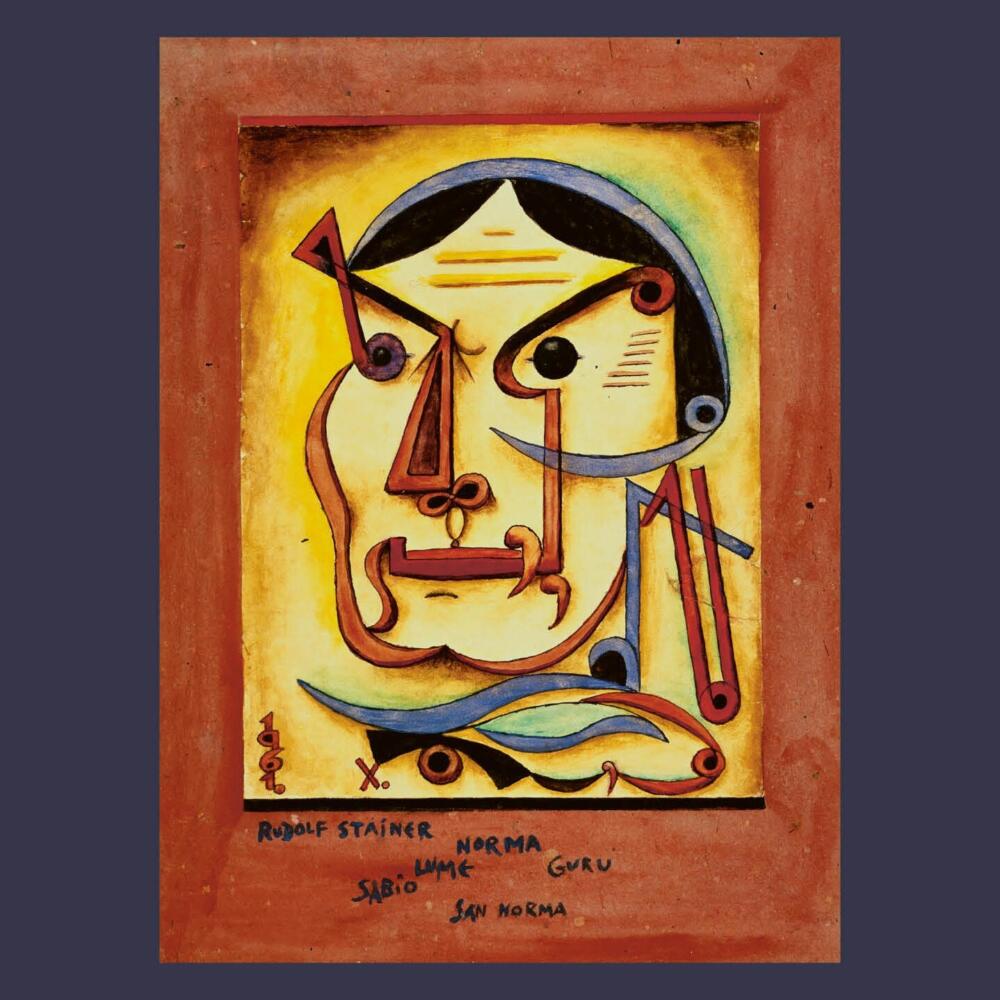Argentinian Portrait
The Alma Humana! Conference will take place at the Goetheanum from July 23 to 27, 2025. Mayumi Matsumiya will be holding a workshop on the artistic examination of Rudolf Steiner. The Argentinean artist Xul Solar will also be discussed.
While the name Xul Solar (1887-1963) may be unfamiliar to some, this multifaceted artist is a key figure in the Argentine avant-garde. Best known for his vibrant watercolors depicting visions of spiritual realities, Xul Solar was also a musician, writer, linguist, and polyglot. His work went beyond aesthetic renewal—it sought a profound transformation of the human being and of society, blending art, science, different religions, and philosophies.
In his quest for knowledge, Xul Solar was guided by figures from various traditions, but it is safe to say that Rudolf Steiner had a particularly lasting impact. He likely first came across Steiner’s name in the theosophical circles of London in the 1920s. In 1923, he attended a series of Steiner’s lectures in Stuttgart. The following year, Xul Solar returned to Argentina with several of his books, building an extensive multilingual collection. Other documents found in the artist’s archive—notes, Goetheanum brochures, and a handwritten meditation given by Steiner—reveal a sustained engagement with Anthroposophy that did not wane over the years.
In 1961, Xul Solar painted a portrait of Steiner, depicting him as a spiritual master. The work belongs to a series he created in his final years as homage to masters from different eras— such as Moses, Jesus, Confucius, Lao Tse, Ramakrishna, Aleister Crowley, among others— and reflects his conviction of the harmonious coexistence of multiple ways of thinking and spiritual paths.
Rendered in a symbolic language that combines geometric forms, signs, colors, and words, the portrait bears the inscription Rudolf Stainer [sic]1 Guru, Lume, Sabio—a testament to his deep admiration. The painting was exhibited in 2000 at the Museo Nacional de Bellas Artes in Buenos Aires, during an exhibition of Steiner’s blackboards, marking the sole occasion the portrait was publicly shown and incorporated into the curatorial storyline, linking Steiner to the local context..
This article was originally published in the (online exclusive) English Edition of the Goetheanum Weekly.
More Xul Solar and Alma Humana
Image Rudolf Stainer [sic], 1961. Gouache and ink on cardboard. 30.5 x 21 cm. Private collection, New York. Courtesy of Fundacón Pan Klub, Museo Xul Solar, Buenos Aires.
- The phonetic spelling of “Steiner” is intentional.

